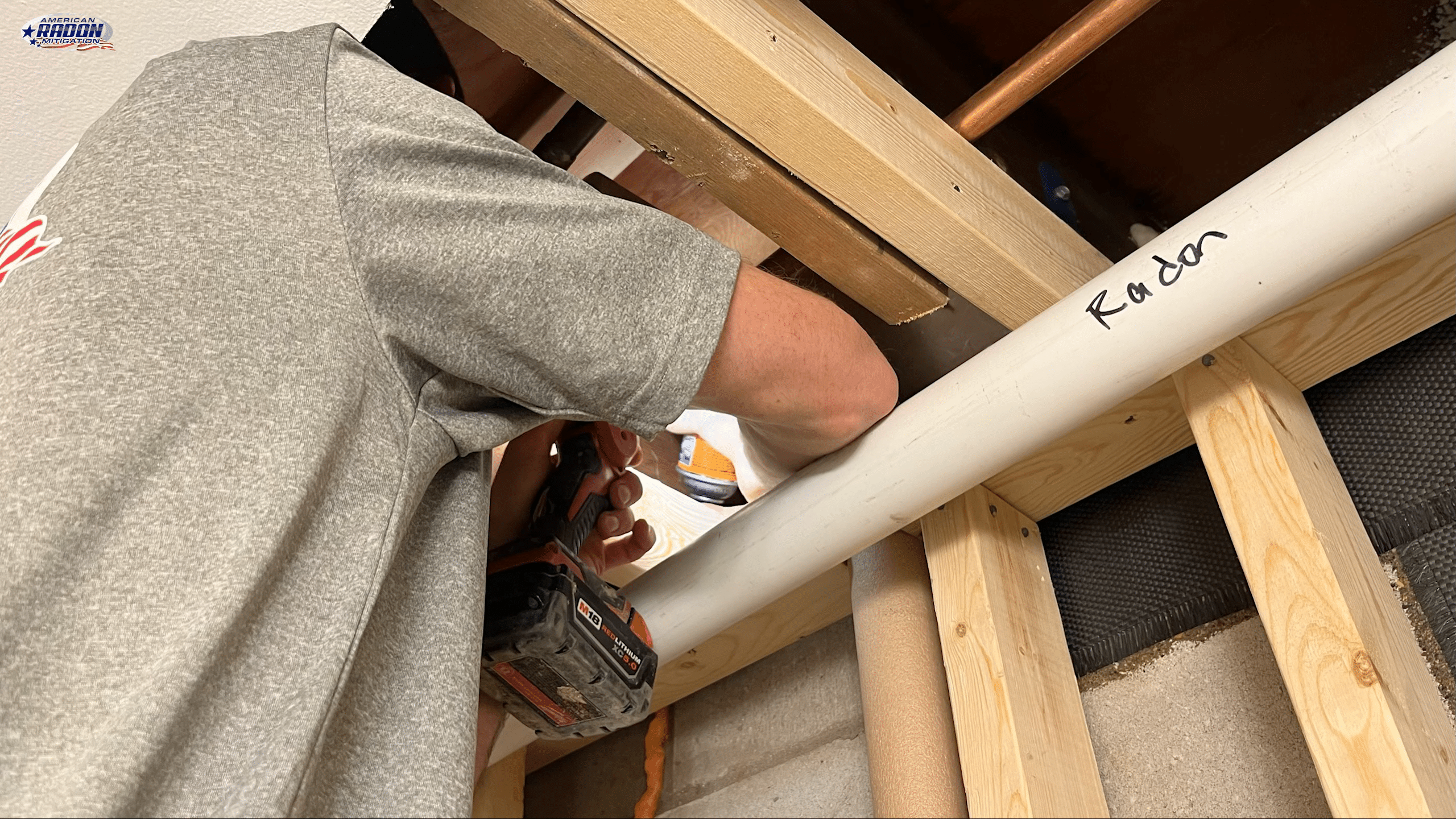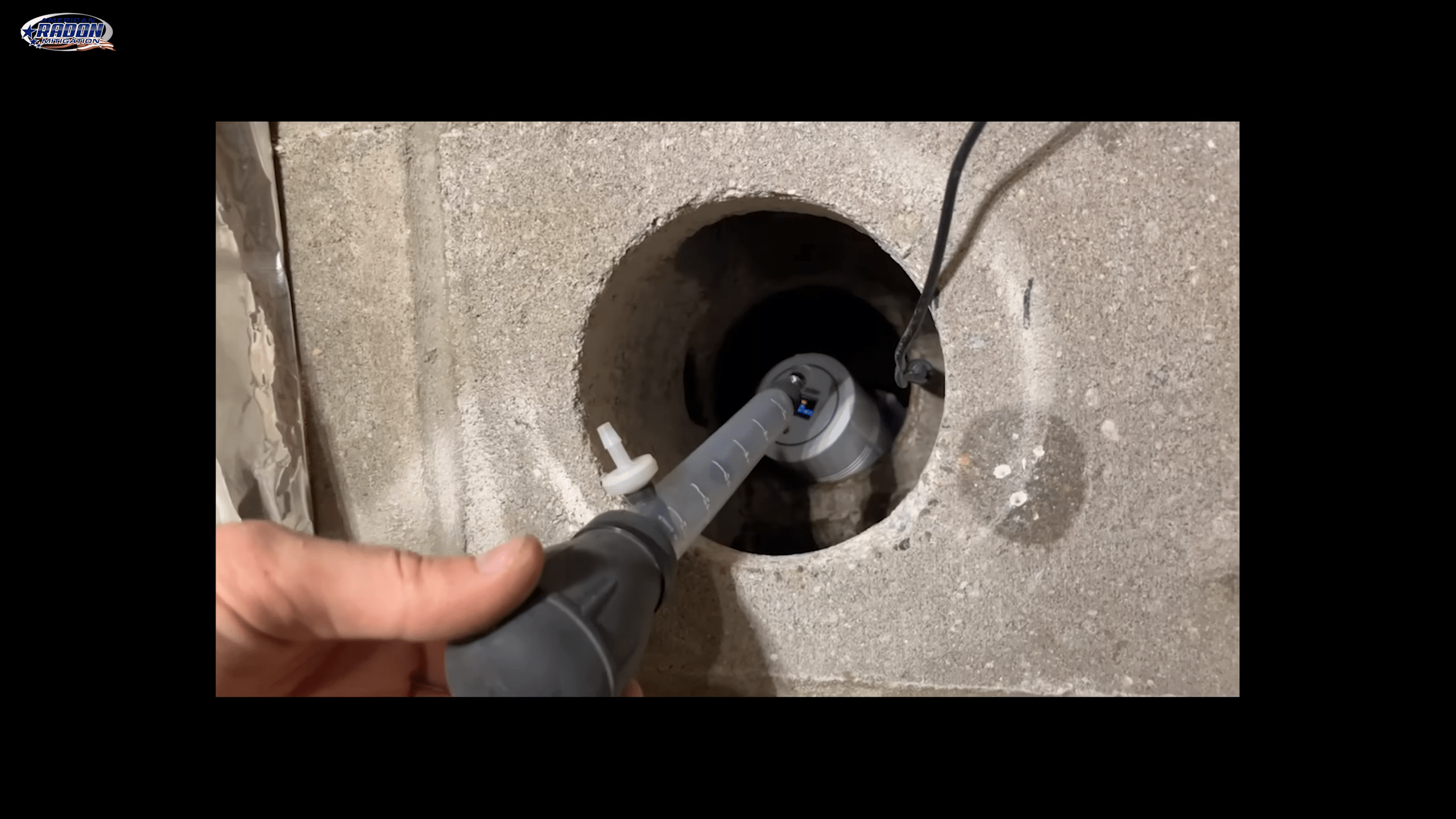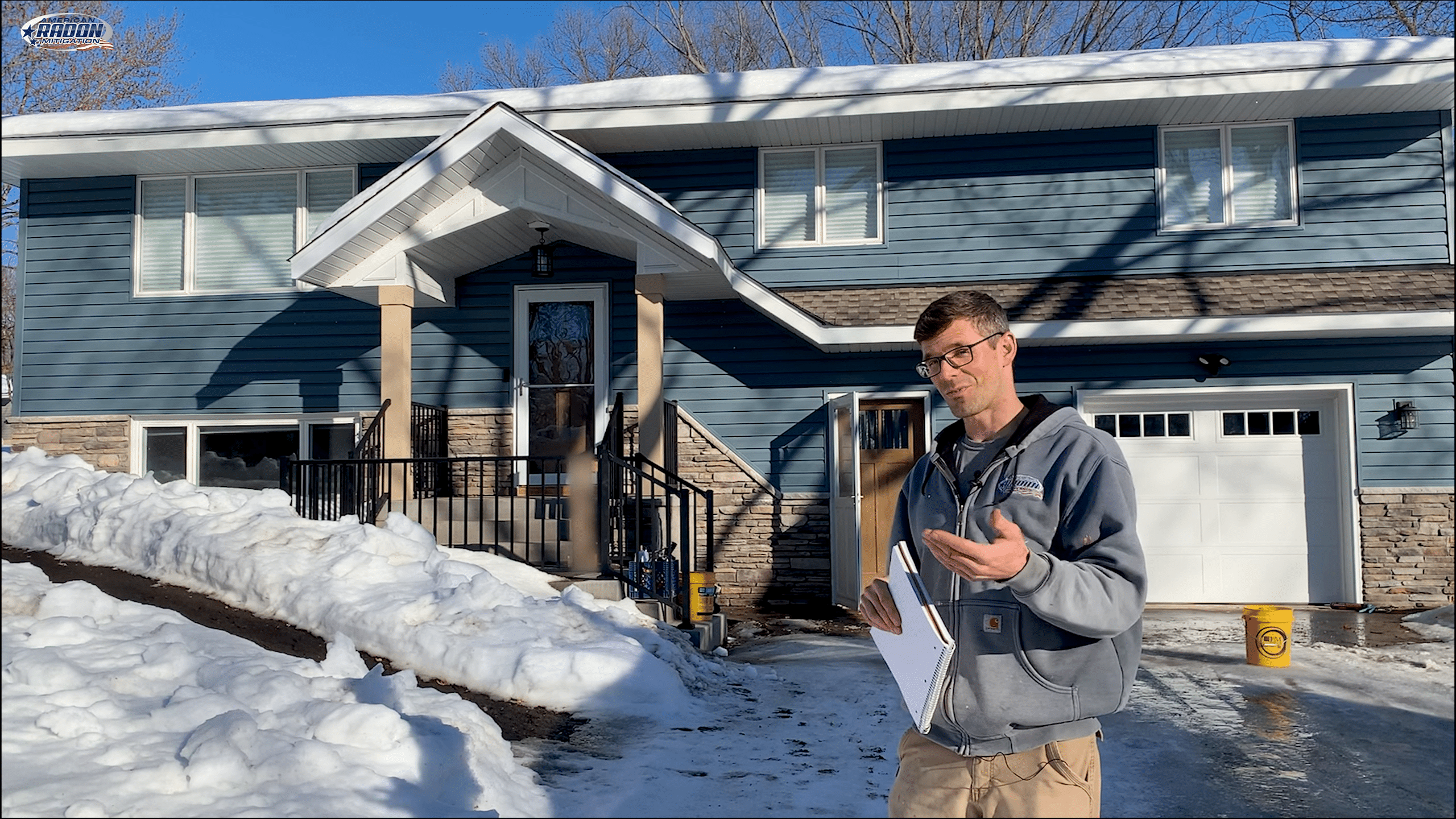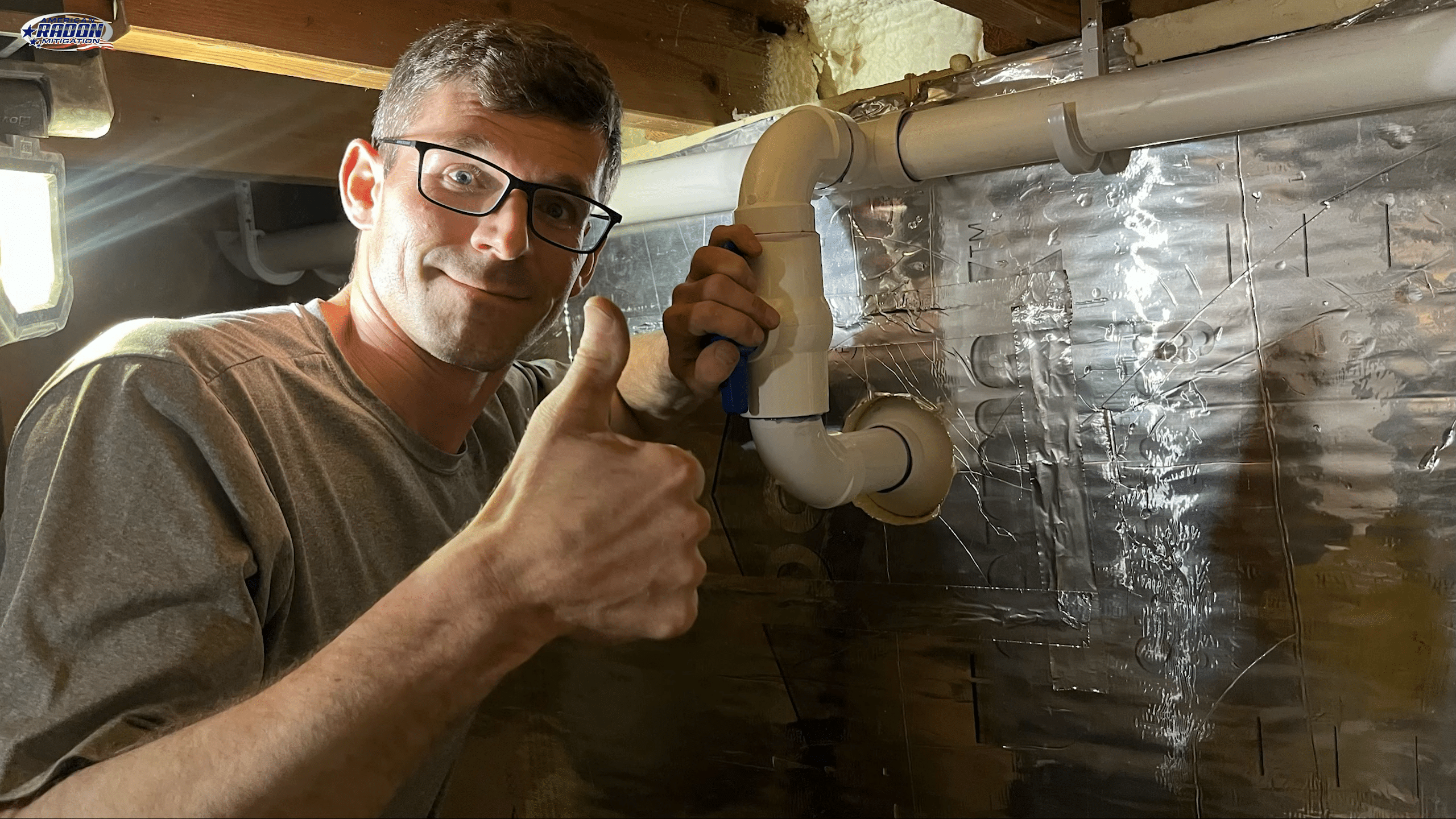Radon Mitigation Challenges in Uniquely Structured Homes: A Case Study
Home » Health & Safety »
Challenges of Radon Mitigation in Unique Residential Structures
Hello, I’m Jesse from American Radon Mitigation. Today, we are discussing a particularly challenging radon mitigation case that required multiple visits to effectively lower radon levels in a home. Initially, the radon mitigation system was installed in September, and although tests showed low radon levels at the time, there were concerns about weak pressure field extension in certain parts of the house.
After discussions with the homeowner, it was decided to monitor the radon levels and adjust if necessary. Six months later, further testing indicated radon levels of 3.8 pCi/L in the basement and 2.8 pCi/L in the room above the garage, necessitating additional mitigation efforts.
Initial System Setup and Complications
The original radon mitigation system included a suction point located next to the plumbing—this area provided the best results for pressure field extension. The system’s piping ran from the pit through the center of the house to a fan located in the attic. Despite these measures, subsequent tests revealed that radon levels remained higher than expected in certain areas of the house, particularly the garage and a bathroom with a sump that lacked a drain tile.
Addressing these issues, I added two new suction points; one directly on the sump and another under the entryway of the house. The expansion aimed to extend the pressure field to previously unreached areas and lower the radon levels effectively.
Implementation of Additional Suction Points
The first new suction point involved drilling a hole in the sump to create a pit about three gallons in size, which was then connected to the existing radon mitigation system. The second point was more complex, involving cutting into the mechanical room to run piping towards the area beneath the entryway. Here, a third suction point was established with a 13-gallon pit of fine sand, positioned strategically under the front step where the footing was unusually deep due to its proximity to the house grade.
Despite these enhancements, radon levels were still not as low as expected. Further investigation and adjustments revealed that the tops of the block walls were open, allowing radon to escape into the house. The morning spent sealing these and other small openings proved crucial in reducing the radon levels further.
Addressing the Front Step and Final Adjustments
The persistent high radon levels led to the realization that the front step was a significant source of radon entry into the home. To mitigate this, I drilled through the block wall to establish a new suction point directly under the front step. This setup was sealed tightly to ensure that radon was drawn from the ground beneath the step rather than from the block wall cavity.
Following these modifications, radon levels began to decrease significantly across the house. The comprehensive approach, including sealing and adding multiple suction points, eventually brought the radon levels down to around or slightly below 2 pCi/L, which is considered safe by the EPA’s standards.
Reflections on Complex Radon Mitigation
This project underscored the complexities of radon mitigation, especially in houses with unique architectural features such as tucked garages and unusual footing depths. Each home presents its own set of challenges, and sometimes, innovative solutions like the one applied to the front step are necessary. In my nine years of experience, this was only the second instance where mitigating the front step was required, highlighting the uniqueness of this case.
For homeowners dealing with radon issues, it is crucial to work with experienced mitigation professionals who can develop customized solutions tailored to the specific challenges of their home. While DIY solutions are available, professional guidance ensures more effective and lasting radon reduction, safeguarding the health and safety of home occupants.
If you find yourself facing similar radon issues, consider reaching out for professional consulting. Effective radon mitigation often requires specialized knowledge and equipment, as demonstrated by this complex but ultimately successful project.







